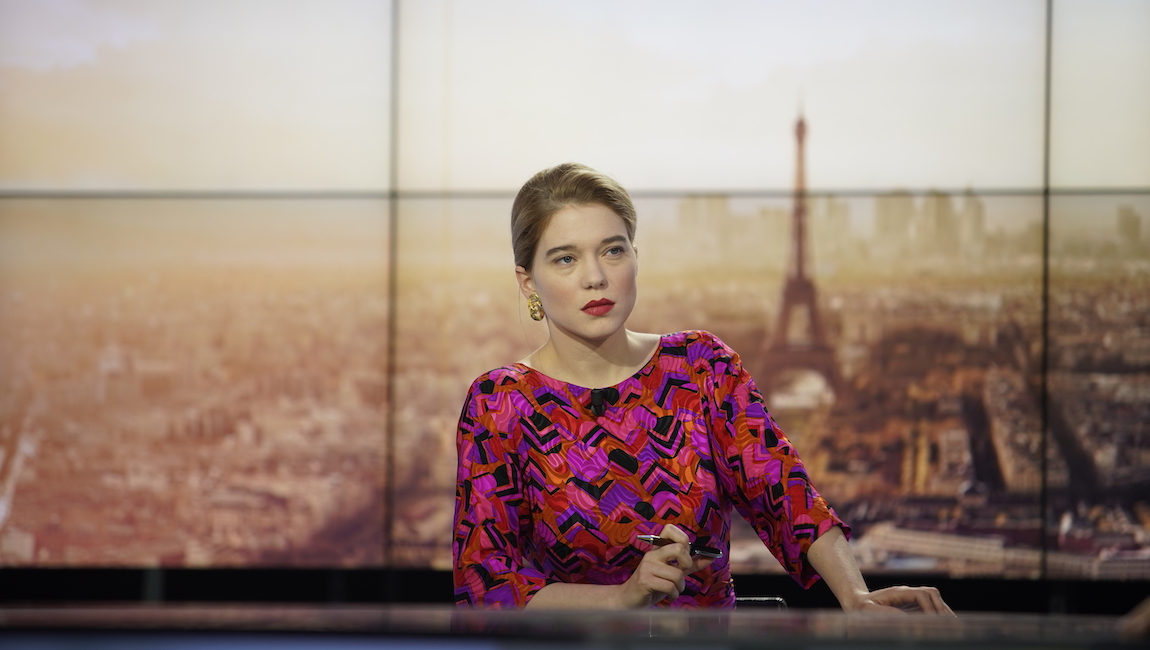The staff of In Review Online have come to the collective decision to abide by the international call from Strike Germany. We will be withholding coverage of the Berlin International Film Festival on the grounds that its institutional backing from the German government is marred by the latter’s censorship and marginalization of activist voices. Germany’s military and financial support of Israel, alongside the repression of those speaking up against Israel’s genocidal actions against the Palestinian people of Gaza and its assault and expropriation of those within the Occupied West Bank, should not be ignored or condoned. We wish to send our commitment of solidarity to all filmmakers and cultural workers who have joined this strike; business as usual is unacceptable. As over 100 Palestinians are killed each day in Gaza, we find the festival’s attempt to mitigate these criticisms with the gesture of The TinyHouse Project to be a condescension toward active and ongoing genocide. The festival’s poor attempt at good faith gives little actual space to the voices who push against empire, and offers only a tiny house, filled with hot air, off to the side, where no one else can see or hear you. While we will not be covering the Berlin Film Festival, that will not be the end of our participation in the strike. Instead, as a form of counter-programming, we will be reviewing selected works within the Palestinian Film Archive and publishing original writings related to these films. We declare solidarity with all participating in this strike, and solidarity with those participating in protests across the festival grounds.
The very act of filming is a form of non-violent resistance in 5 Broken Cameras, Emad Burnat and Guy Davidi’s controversy-ridden, Oscar-nominated film about Israel’s settlement expansion on Palestinian territories in the occupied West Bank. For Burnat, the film’s protagonist, narrator, and cinematographer, the camera lens creates a “distance” that allows him to see the Israeli military’s violence in a way he believes seeing it without it could never do. It’s true: the eye cannot capture chaos like the camera. It can sense it and try to memorialize the feeling of it hazily, but the camera actually has the capacity to memorialize all of it — the perpetrators, victims, everything.
This makes Burnat’s cinematographic work in 5 Broken Cameras invaluable. It serves as a critical eyewitness account of the Israeli military’s escalating violence in Bil’in, a village in the West Bank, from 2005 to 2010; each of the titular five broken cameras helps to capture this. The first one records the covert deployment of Israeli agents as Palestinians to create chaos within their non-violent protest groups. The second captures the Israelis’ illegal methods of land-grabbing. And the remaining three show, both from up close and at a distance, the military’s use of weapons — smoke bombs and guns — that lead to the death of some of Burnat’s friends. Each of the cameras, however, also captures hope and rebellion: the former is developed mostly in watching Burnat’s children and other Palestinian children in Bil’in adopt the same non-violent means of protest as their parents, despite recognizing the personal cost of doing so; the sense of rebellion, then, comes from the resilience demonstrates by every person in the village who appears on Burnat’s camera. (The film highlights non-Zionist Jews also involved in the protest; a Palestinian protestor condemns the military personnel in front of him, saying, “They [Jews] want the same thing as us.”)
Why, then, do Emad’s images — so charged with the dialectical impulses of pain and joy — feel somewhat compromised? The question, to be clear, is not about his images’ legitimacy, but rather their blunted emotional impact. It’s about distancing: not between filming and seeing, but between filming and filmmaking. In other words, what Emad films is almost impressionistic: fleeting, spontaneous, unfettered. What 5 Broken Cameras does is neatly arrange all of its material into a narrative, with Emad’s mournful voiceover and Le Trio Joubran’s traditionally Middle Eastern music (the three brothers primarily use the oud to highlight the film’s overwhelming melancholy) further organizing the “meaning” that viewers should draw from the film. The problem here, again, isn’t narrativization in and of itself. If anything, the film’s narrational handholding complements Emad’s overuse of the camera to document reality: both film and filmmaker are distancing themselves from said reality so as to better explain it.
But whereas Emad’s images vary — the pressures of family life and escalating violence make him question the value of living a filmed reality — the film’s form doesn’t. It employs voiceover and music in the same way throughout, not allowing either image or sound to change, even when Emad evaluates his obsession with filming reality. The most it does is let his images speak for themselves. However, that formal variance is not employed consistently enough to feel like a deliberate aesthetic choice made by the filmmakers to complement Emad’s complicated relationship with filming reality. In doing so, the film distances us from Emad — a distance not necessary to better understand the situation around him.







